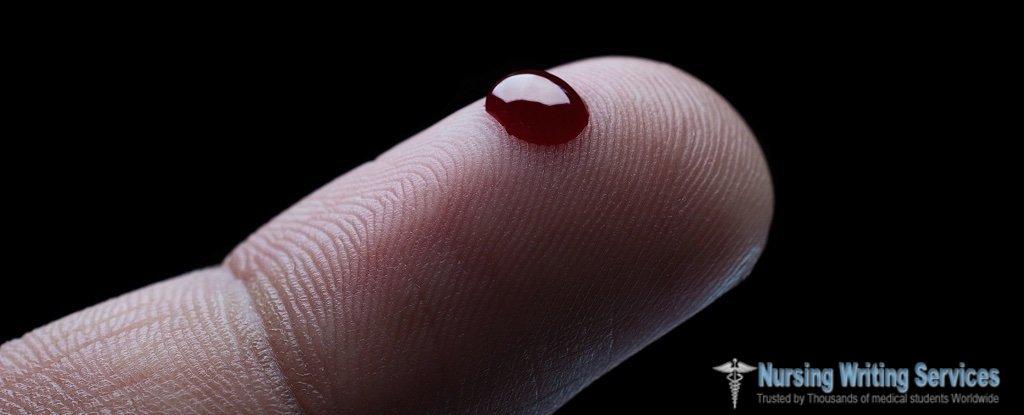
Types of Blood and Transfusions
Almost all cells have numerous molecules on the surface. It includes the red blood cells. The molecules play an essential role in the interaction with immune system’s cells.
Each cell has multiple sites with each site serving as a residence for one of several related molecules. A molecule is each site is limited and unique. Each molecule that resides at a location is the blood type while a group of related molecules with similar characteristics allowing occupation of one site are the blood group. A person's blood group is inherited. For instance, two series of blood types make up a blood group system called Rh or ABO systems.
The type of blood is responsible for interactions between the cells such as red blood cells and immune system. It is crucial that the blood type of the donor match with the recipient of the red blood cells. If they do not match, the immune system of a recipient will react by destroying the donor cells.
Types of blood
Human blood is in these four blood types. A, B, AB or O. In addition to the blood of a person being in one of the above types, the blood is one of these: Rh-positive and Rh-negative. For example, if your blood type is A, it is typed A positive or negative.
Blood Type Donor and Recipient Status
Type O blood –universal donors
Everyone can get type O negative blood during transfusion hence people with this blood type are universal donors. Type O negative becomes essential during emergencies such as terror attacks and big fires when there could be no time for testing the blood types of patients.
Blood Type AB-universal recipients
People whose blot type is AB positive are universal recipients as they can receive any blood Type without any transfusion complications.
Rh-Positive
Rh positive people can receive both Rh-positive and Rh-negative blood without danger of rejection by antigens.
Rh-Negative
A person with Rh-Negative blood can only receive Rh-Negative blood type. Its the type of blood that medics get from blood bank during emergencies when they do not have time for testing the Rh types.
See Best Nursing Writing Company reviews by our customers and writers. We are among the best rated company in providing nursing services.
It is essential that all people know their blood type and carries a card with indication their type as part of the identification documents in case of an emergency. IT will save health care professionals time for testing or the need to use Type O when the recipient can receive another type.
Types of Transfusion
Health care professionals transfuse blood as a whole with all its parts or individual parts. It depends on the patient's situation.
Red blood transfusion
Red blood cells are the most common components for most transfusions. These are the cells that carry oxygen from the lungs to body organs and tissues. They also help the body to remove waste products and carbon dioxide.
The need to transfuse red blood cells occurs after loss of blood in surgery or accidents. Patients with severe anemia also need this type of transfusion as it lowers red blood cells to lower than normal level. Anemia also occurs when red blood cells lack enough hemoglobin an iron-rich protein that gives a red color to the blood and carries oxygen from lungs to other body parts.
Plasma transfusions
The liquid part of the blood is the plasma. It is mainly water but also has many other components including:
- Proteins
- Hormones
- Clotting factors
- Vitamins
- Sugars
- Cholesterol
- Calcium
- Potassium
- Sodium
Plasma transfusion is necessary after a liver failure, severe infection or bad burns.
Platelets and clotting factors transfusion
Platelets and other clotting factors help to stop external and internal bleeding that you are unable to see. Some of the illnesses reduce the body’s ability to make enough clotting factors or platelets. Patients with such diseases require regular transfusions of these essential blood products.
For example, someone with hemophilia a rare bleeding disorder that occurs by inheritance from family line requires transfusion to replace special clotting factor to replace that which is lacking. Hemophilia causes longer bleeding after injury and internal bleeding, especially around joints.
Blood transfusions have been and will continue to be essential components of saving lives for patients with major blood loss or diseases that cause replenishing blood parts.
Related Services
Nursedepo offers the Best Capella University Writing Services exclusively for research students, post-doctoral researchers, lecturers, professors and any other business customer. If you are looking for academic editing services, do not waste time trying different unreliable providers.

